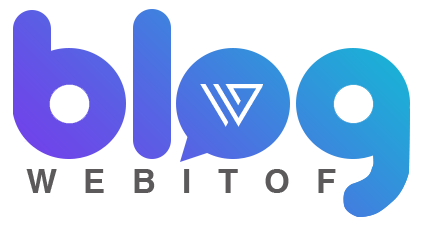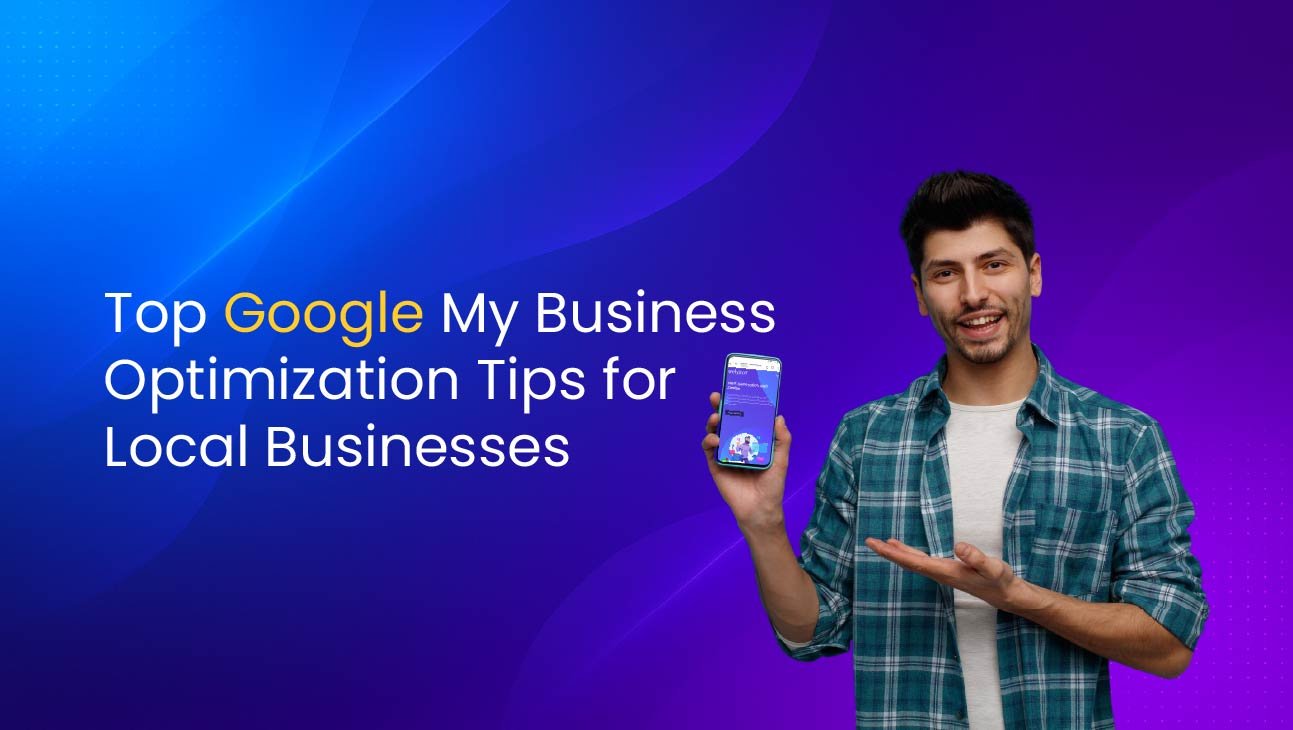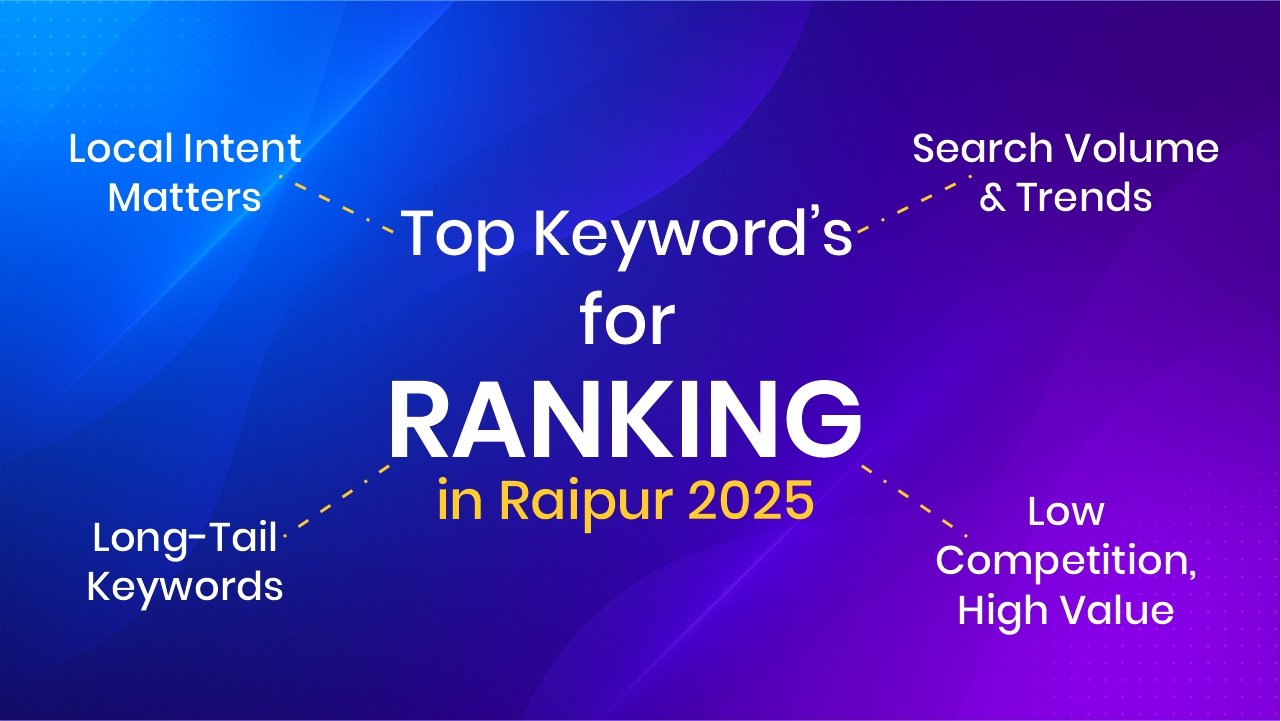Build a Multilingual Website that Performs Well in Global SEO. From the bustling streets of Raipur, where diverse cultures and languages intertwine, the ambition to connect with a global audience is more relevant than ever. For businesses looking to expand their reach beyond local borders, a multilingual website isn’t just a luxury—it’s a necessity. But simply translating your content isn’t enough. To truly succeed in the competitive landscape of global search engine optimization, your multilingual website needs to be built with a strategic approach that caters to international users and search engine algorithms alike. This guide, tailored for WordPress users leveraging the power of Rank Math, will equip you with the knowledge and actionable steps to build a high-performing multilingual website that truly shines in global search, even helping you dominate local searches in key areas like Raipur.

In Raipur, the spirit of enterprise often transcends linguistic barriers. Picture the thriving local businesses in Sarafa Bazaar, where traders seamlessly switch between Chhattisgarhi, Hindi, and even a smattering of English to connect with customers from all walks of life. This innate understanding of diverse communication is precisely what global SEO for multilingual websites is all about. Just as a shopkeeper in Raipur adapts their pitch for different customers, your website must adapt its message to resonate with an international audience, while still maintaining a strong local identity for terms like “Raipur digital marketing.” Let’s explore how you can replicate this local adaptability on a global digital stage.How to Build a Multilingual Website that Performs Well in Global SEO
The Foundation: Why a Multilingual Website Matters for Global SEO
In today’s interconnected world, limiting your website to a single language means limiting your potential. A multilingual website opens doors to new markets, broadens your audience, and significantly boosts your global SEO efforts. Search engines like Google prioritize delivering content in a user’s preferred language, and by providing localized versions of your site, you drastically improve your chances of ranking higher in international search results. This isn’t just about translation; it’s about catering to cultural nuances, local search behaviors, and ultimately, building trust and credibility with users worldwide.
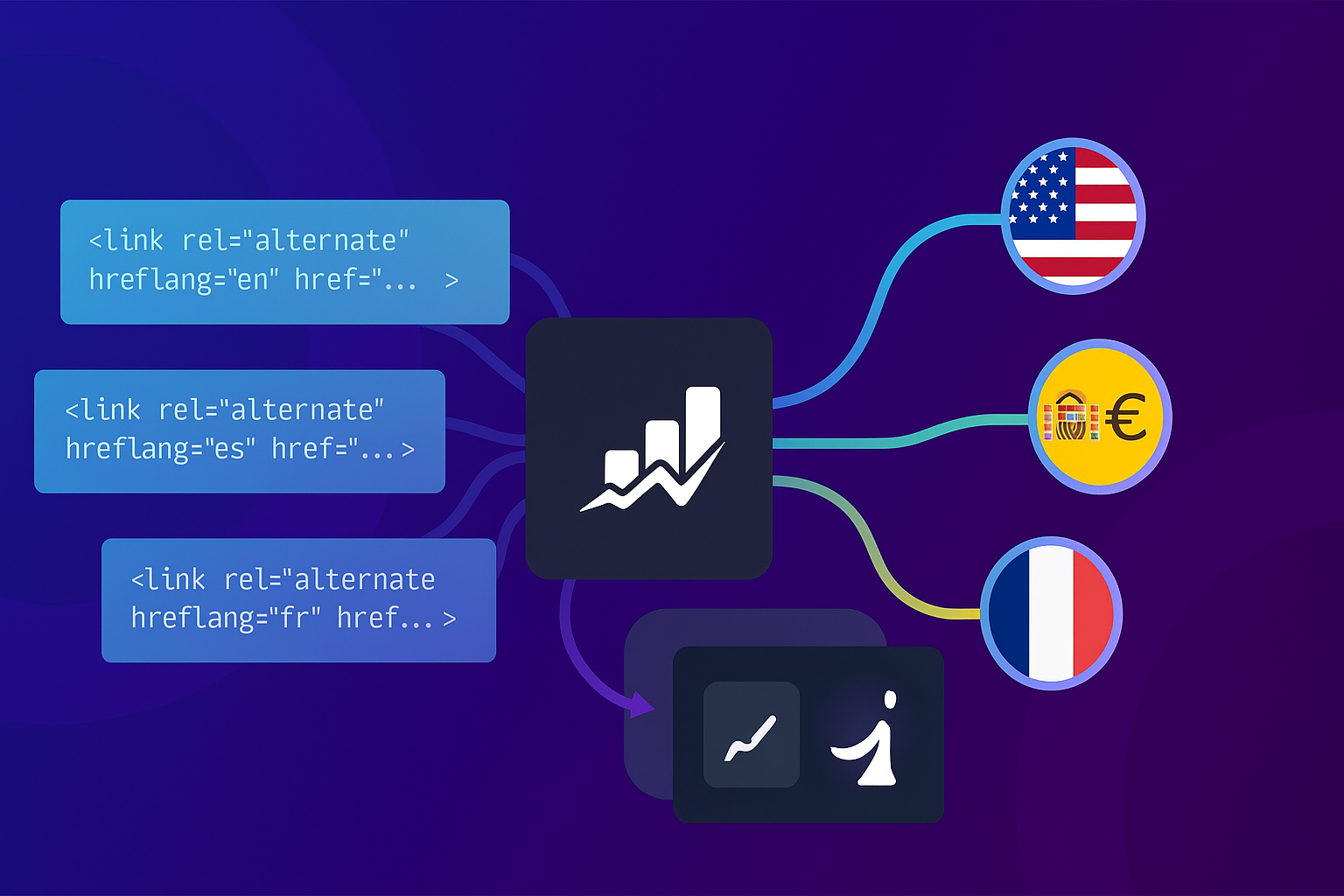
Key Pillars of Multilingual Website SEO :
Building a truly effective multilingual website for global SEO requires a multi-faceted approach. Here are the core pillars:
1. Strategic Language and Market Selection :
Before you even think about translating, identify your target markets and the languages they speak. Don’t just translate into every major language; focus on regions where your products or services have genuine demand. Consider:
- Market Research: Analyze demographics, economic indicators, and consumer behavior in potential target regions.
- Competitor Analysis: Where are your international competitors focusing their efforts? This can provide valuable insights.
- Existing Traffic Data: Use Google Analytics to see if you’re already receiving traffic from specific countries or language groups.
2. Choosing the Right URL Structure :
Your URL structure is crucial for search engines to understand the different language versions of your site. There are three main options:
- Country Code Top-Level Domains (ccTLDs):
yourwebsite.defor Germany,yourwebsite.frfor France.- Pros: Strongest signal for geotargeting, clear separation.
- Cons: Higher cost, requires managing multiple domains, can be complex to maintain.
- Subdirectories:
yourwebsite.com/fr/for French,yourwebsite.com/es/for Spanish.- Pros: Cost-effective, easy to set up and manage within a single domain, consolidates domain authority.
- Cons: Less strong geotargeting signal than ccTLDs.
- Subdomains:
fr.yourwebsite.comfor French,es.yourwebsite.comfor Spanish.- Pros: Easier to manage than ccTLDs, allows for separate server locations if needed.
- Cons: Can be seen as separate entities by search engines, potentially diluting domain authority.
For most businesses, subdirectories offer the best balance of SEO benefits and ease of management, especially when using WordPress.
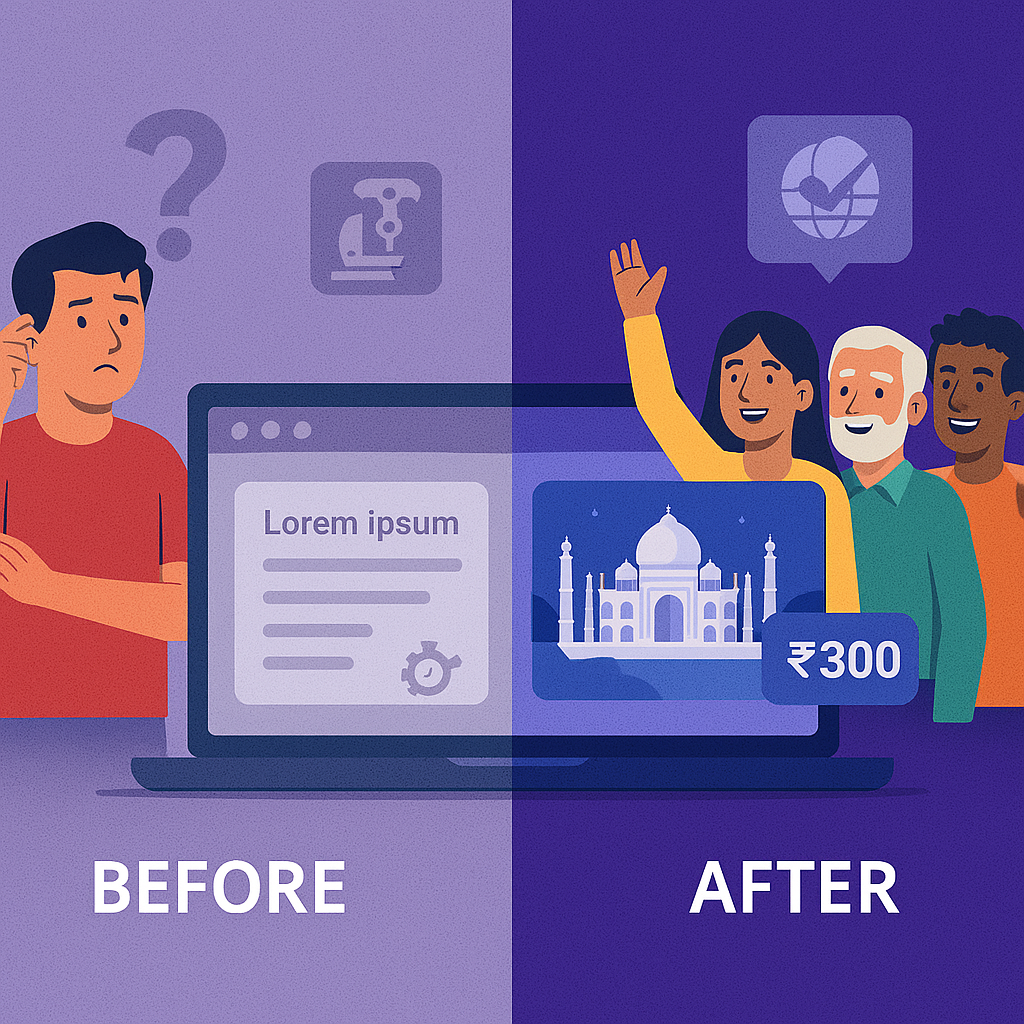
3. High-Quality Translation and Localization :
This is more than just word-for-word translation. Localization adapts your content to the cultural nuances, idioms, and preferences of your target audience.
- Human Translators are Key: While machine translation tools like Google Translate have improved, they often lack the nuance, cultural sensitivity, and accuracy required for professional content. Invest in native-speaking professional translators.
- Content Beyond Text: Don’t forget to localize images, videos, currencies, date formats, contact information, and even calls to action. A local phone number for users in Raipur, for instance, can significantly boost trust.
- Keyword Localization: Direct translation of keywords often falls flat. Conduct thorough keyword research for each target language, considering local search trends and user intent. For example, the term “digital marketing” might have different popular variations in Hindi or Chhattisgarhi that are more commonly searched in Raipur.
4. Implementing Hreflang Tags :
Hreflang tags are essential for telling search engines which language your content is in and which geographical region it targets. This prevents duplicate content issues and ensures users see the correct language version.
- How they work: Hreflang attributes are placed in the
<head>section of your HTML or in your XML sitemap. They link different language versions of the same page. - Rank Math Integration: Rank Math simplifies hreflang implementation significantly. With multilingual plugins like WPML (which integrates seamlessly with Rank Math), these tags are often automatically generated based on your translated pages, reducing manual effort and minimizing errors.
5. Multilingual XML Sitemaps :
Just as with single-language sites, an XML sitemap helps search engines discover and crawl your pages. For multilingual sites, ensure your sitemap includes all language versions of your content and correctly references the hreflang attributes. Rank Math helps in generating and managing these sitemaps efficiently.
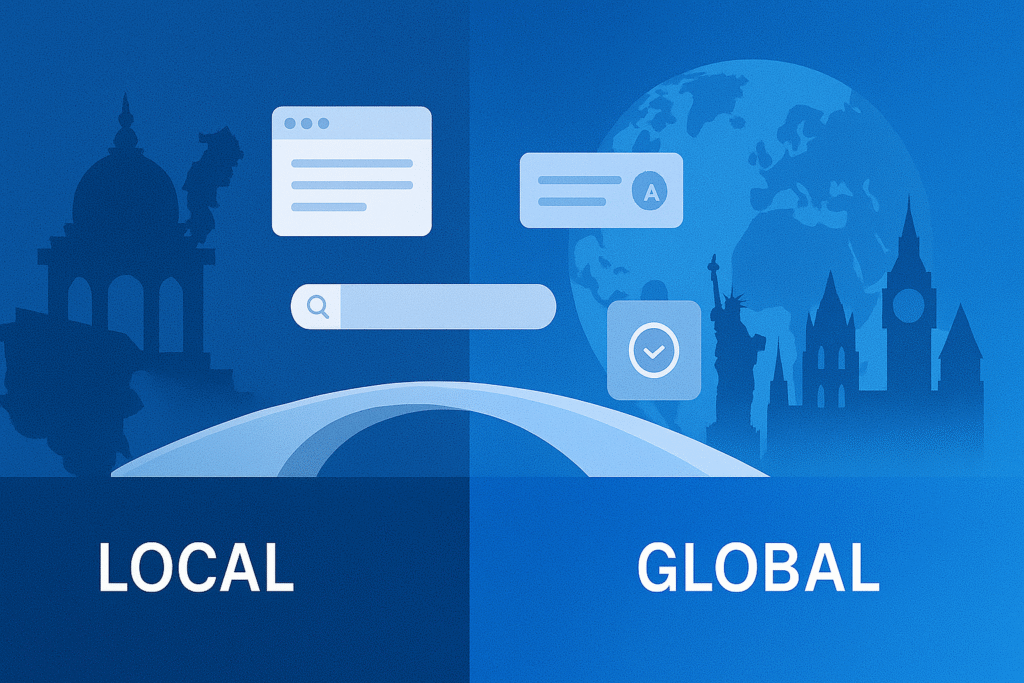
6. User Experience (UX) and Language Switching :
A seamless user experience is paramount.
- Clear Language Selector: Provide an easily accessible language switcher (e.g., in the header or footer) that allows users to switch between languages. Avoid automatic redirects based on IP address, as this can confuse users and search engines.
- Consistent Design: Maintain a consistent brand identity and website design across all language versions for a cohesive user experience.
Leveraging Rank Math for Multilingual SEO on WordPress :
Rank Math is a powerful SEO plugin for WordPress that greatly simplifies the complexities of multilingual SEO when combined with a robust multilingual plugin like WPML or TranslatePress.
- Hreflang Management: As mentioned, Rank Math, in conjunction with WPML SEO add-on, automates the creation of hreflang tags, ensuring proper language and regional targeting.
- Translated Meta Data: Rank Math allows you to easily translate and optimize your SEO titles, meta descriptions, and URL slugs for each language version. This is critical as directly translated metadata often performs poorly.
- Keyword Optimization for Each Language: Rank Math’s content analysis helps you optimize for your localized keywords, providing suggestions for keyword density, content length, and readability for each language.
- Schema Markup: Implement multilingual schema markup to help search engines understand your content better and display rich snippets in various languages, enhancing your visibility.
- Local SEO Features: Rank Math includes local SEO features. By entering your business details, it adds appropriate metadata to your website, enhancing your chances of ranking higher in local searches, crucial for targeting the “Raipur” keyword.
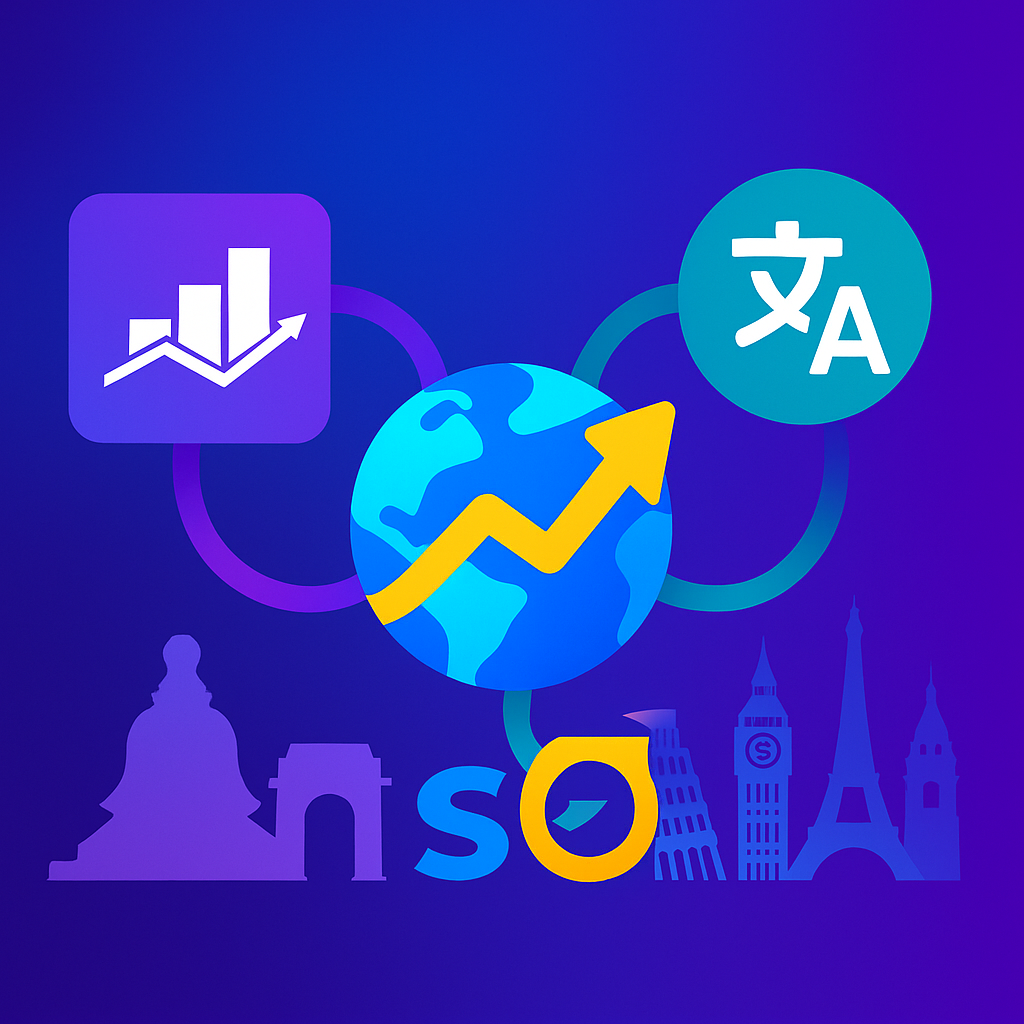
Frequently Asked Questions about Multilingual Websites and Global SEO :
Here are some common questions about building and optimizing a multilingual website for global reach, with a special emphasis on how these strategies can benefit businesses in Raipur.
Q1: Why is a multilingual website important for global SEO?
A multilingual website is crucial for global SEO because it allows you to reach a much wider audience in their native languages. Search engines prioritize showing content in a user’s preferred language. By offering your website in multiple languages, you significantly improve your chances of ranking higher in international search results, drive more targeted traffic, and ultimately increase conversions from different regions, including connecting your Raipur-based business with a global clientele.
Q2: What’s the difference between translation and localization for a website?
Translation is simply converting text from one language to another. Localization goes much further; it adapts your entire website content—including text, images, videos, currencies, date formats, and even cultural references—to resonate specifically with the cultural nuances and preferences of your target audience in a particular region. For example, localizing for the Indian market might involve using Hindi or Chhattisgarhi, displaying prices in INR, and showcasing images relevant to Indian culture, making your content more relatable to users in Raipur and across India. Localization is key for truly effective global SEO.
Q3: How do hreflang tags help with multilingual SEO, and how does Rank Math assist?
Hreflang tags are technical attributes that tell search engines which language your content is in and which geographical region it targets. They are vital for preventing duplicate content issues when you have multiple language versions of the same page. Without hreflang tags, search engines might see your translated pages as duplicates, which can harm your rankings. Rank Math, especially when integrated with a multilingual plugin like WPML, simplifies hreflang implementation significantly. It helps automate the generation and correct placement of these tags, ensuring search engines properly understand and index your different language versions, thereby boosting your international visibility.
Q4: Which URL structure is best for a multilingual WordPress site with SEO in mind?
For most WordPress websites aiming for multilingual SEO, subdirectories (yourwebsite.com/fr/ for French, yourwebsite.com/es/ for Spanish) are generally recommended. They are cost-effective, easier to manage within a single domain, and consolidate your domain authority, which is beneficial for SEO. While country-code top-level domains (ccTLDs like .de or .fr) offer stronger geo-targeting signals, they are more expensive and complex to maintain. Subdomains (fr.yourwebsite.com) can dilute domain authority. Using subdirectories provides a good balance of SEO benefits and ease of management, especially with WordPress plugins.
Q5: Can a multilingual website help my local SEO in Raipur?
Absolutely! While focused on global reach, a well-implemented multilingual website can indirectly boost your local SEO in Raipur. By creating localized content, even for the primary language (e.g., Hindi content tailored for Raipur, or English content mentioning local landmarks/references), you signal relevance to local search queries. Furthermore, the overall authority and traffic gained from your global SEO efforts can positively impact your domain’s strength, which in turn benefits your local rankings. Including localized FAQs and using Rank Math’s local SEO features specifically for your Raipur presence will further enhance your visibility for “Raipur” related searches.
Ready to elevate your online presence in Raipur and beyond? If you’re a business in Raipur looking to expand your reach and dominate global search results, our team of local SEO experts can help.https://webitof.com/ We specialize in crafting bespoke multilingual SEO strategies that drive traffic, generate leads, and boost your bottom line. Contact us today for a free consultation and let’s unlock your global potential, right here from Raipur! https://webitof.com/contact/
